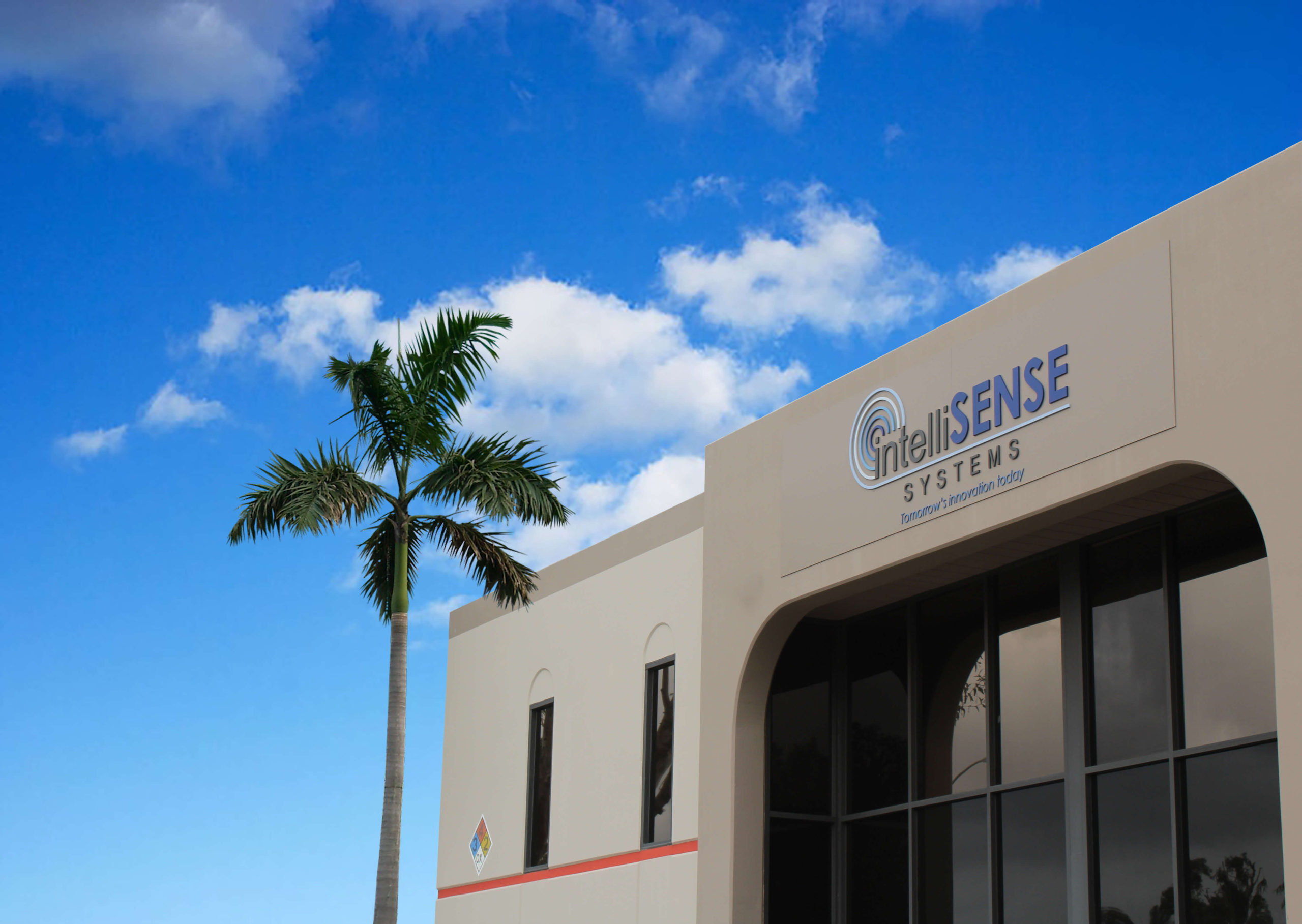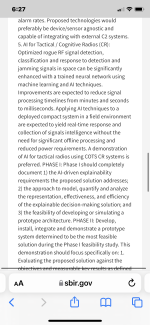uiux
Regular

Intellisense Systems Develops Technologies for Military & Aerospace, Defense, Environmental Monitoring
Intellisense Systems, Inc. designs advanced sensing technology that support a full data continuum. Learn more about our end-to-end process.
Neuromorphic Enhanced Cognitive Radio
Intellisense Systems, Inc.
Phase 1
Deep Neural Net and Neuromorphic Processors for In-Space Autonomy and Cognition
NASA is seeking innovative neuromorphic processing methods and tools to enable autonomous space operations on platforms constrained by size, weight, and power (SWaP). To address this need, Intellisense Systems, Inc. (Intellisense) proposes to develop a new Neuromorphic Enhanced Cognitive Radio (NECR) device based on neuromorphic processing and its efficient implementation on neuromorphic computing hardware. NECR is a low-SWaP cognitive radio that integrates the open source software radio framework with a new neuromorphic processing module to automatically process the incoming radio signal, identify the modulation types and parameters of the signal, and send the identification results to the controller module to properly decode the incoming signal. Due to its efficient implementation on neuromorphic computing hardware, NECR can be easily integrated into SWaP-constrained platforms in spacecraft and robotics to support NASA missions in unknown and uncharacterized space environments, including the Moon and Mars. In Phase I, we will develop the concept of operations (CONOPS) and key algorithms, integrate a Phase I prototype software in a simulated environment to demonstrate its feasibility, and develop a
Phase II plan with a path forward. In Phase II, the NECR algorithms will be further matured, implemented on commercial off-the-shelf neuromorphic computing hardware, and then integrated with radio frequency (RF) modules and radiation-hardened packaging into a Phase II working prototype device. The Phase II prototype will be tested to demonstrate its fault and mission tolerances and delivered with documentation and tools to NASA for applications to CubeSat, SmallSat, and rover flight demonstrations.
Potential NASA Applications (Limit 1500 characters, approximately 150 words):
NECR technology will have many NASA applications due to its low-SWaP and low-cost cognitive sensing capability. It can be used to enhance the robustness and reliability of space communication and networking, especially cognitive radio devices. NECR can be directly transitioned to the Human Exploration and Operations Mission Directorate (HEOMD) Space Communications and Navigation (SCaN) Program to address the needs of the Cognitive Communications project.
Potential Non-NASA Applications (Limit 1500 characters, approximately 150 words):
NECR technology’s low-SWaP and low-cost cognitive sensing capability will have many non-NASA applications. The NECR technology can be integrated into commercial communication systems to enhance cognitive sensing and communication capability. Automakers can also integrate the NECR technology into automobiles for cognitive sensing and communication.
Phase 2
Estimated Technology Readiness Level (TRL) :
Begin: 3
End: 4
Technical Abstract (Limit 2000 characters, approximately 200 words):
Intellisense Systems, Inc. proposes in Phase II to advance development of a Neuromorphic Enhanced Cognitive Radio (NECR) device to enable autonomous space operations on platforms constrained by size, weight, and power (SWaP). NECR is a low-size, -weight, and -power (-SWaP) cognitive radio built on the open-source framework, i.e., GNU Radio and RFNoC™, with new enhancements in environment learning and improvements in transmission quality and data processing. Due to the high efficiency of spiking neural networks and their low-latency, energy-efficient implementation on neuromorphic computing hardware, NECR can be integrated into SWaP-constrained platforms in spacecraft and robotics, to provide reliable communication in unknown and uncharacterized space environments such as the Moon and Mars. In Phase II, Intellisense will improve the NECR system for cognitive communication capabilities accelerated by neuromorphic hardware. We will refine the overall NECR system architecture to achieve cognitive communication capabilities accelerated by neuromorphic hardware, on which a special focus will be the mapping, optimization, and implementation of smart sensing algorithms on the neuromorphic hardware. The Phase II smart sensing algorithm library will include Kalman filter, Carrier Frequency Offset estimation, symbol rate estimation, energy detection- and matched filter-based spectrum sensing, signal-to-noise ratio estimation, and automatic modulation identification. These algorithms will be implemented on COTS neuromorphic computing hardware such as Akida processor from BrainChip, and then integrated with radio frequency modules and radiation-hardened packaging into a Phase II prototype. At the end of Phase II, the prototype will be delivered to NASA for testing and evaluation, along with a plan describing a path to meeting fault and tolerance requirements for mission deployment and API documents for integration with CubeSat, SmallSat, and rover for flight demonstration.
Potential NASA Applications (Limit 1500 characters, approximately 150 words):
NECR technology will have many NASA applications due to its low-SWaP and low-cost cognitive sensing capability. It can be used to enhance the robustness and reliability of space communication and networking, especially cognitive radio devices. NECR can be directly transitioned to the Human Exploration and Operations Mission Directorate (HEOMD) Space Communications and Navigation (SCaN) Program, CubeSat, SmallSat, and rover to address the needs of the Cognitive Communications project.
Potential Non-NASA Applications (Limit 1500 characters, approximately 150 words):
NECR technology’s low-SWaP and low-cost cognitive sensing capability will have many non-NASA applications. The NECR technology can be integrated into commercial communication systems to enhance cognitive sensing and communication capability. Automakers can integrate the NECR technology into automobiles for cognitive sensing and communication.
Last edited:











